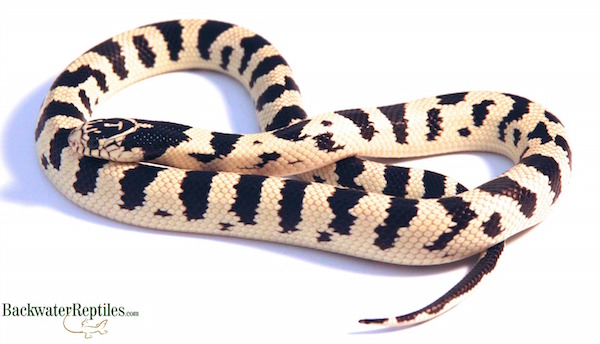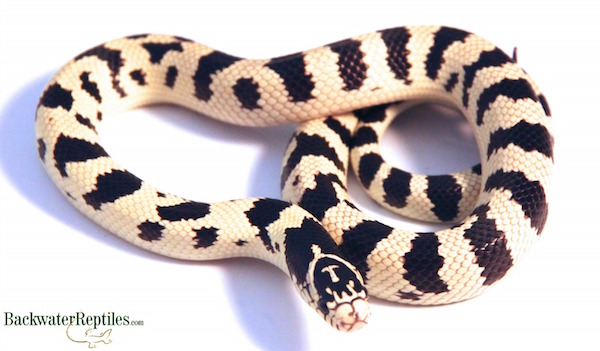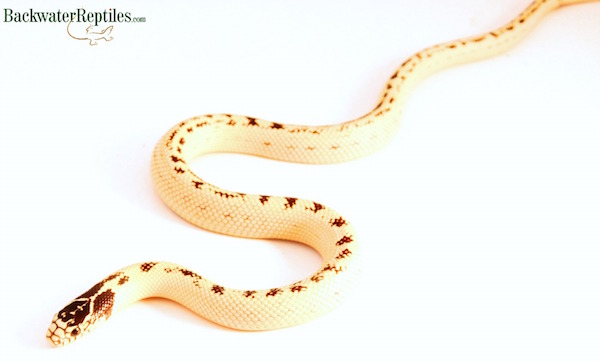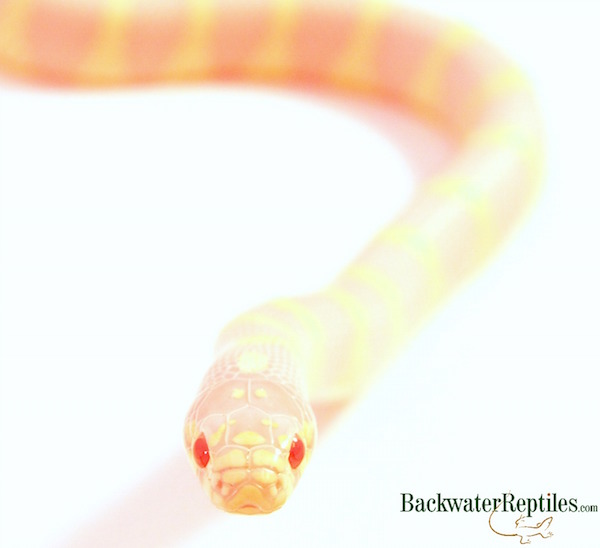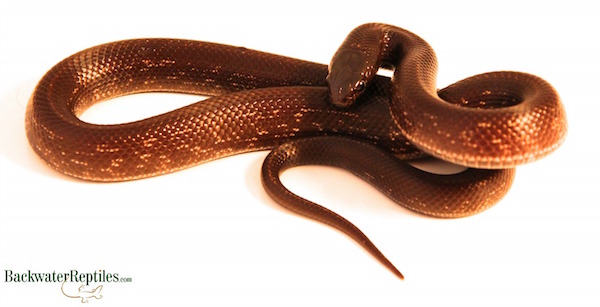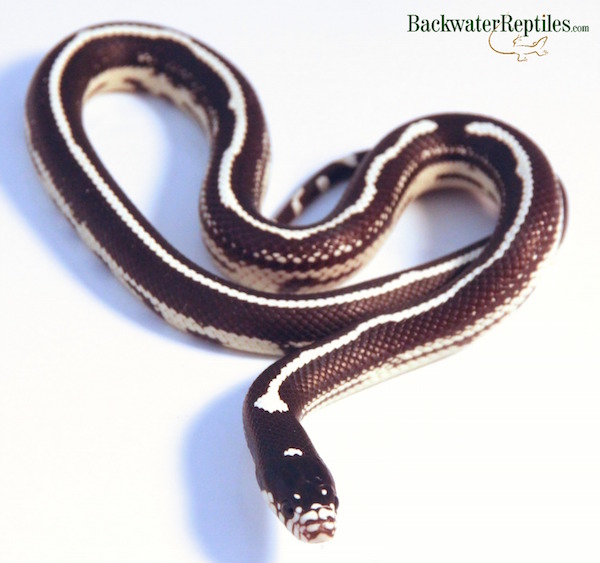Are you thinking of getting your child a pet snake? Are you unsure which species would do well with children? Well, look no further – this article was created specifically to list the top four species of pet snakes for kids.
1. Ball Python (Python regius)
Ball pythons are at the top of our list for a few reasons, but mainly because they have been captive bred for many generations and are essentially the most popular pet snakes on the market. Captive breeding produces snakes that are not only healthier and more beautiful, but far more docile as well. In fact, captive bred ball pythons rarely bite or strike.

Hatchling ball pythons are about 10 inches long and will mature into snakes that can be up to five feet long, although most will average three feet long. If properly cared for, your ball python can live up to 30 years.
In general, ball pythons are somewhat thick snakes with hefty bodies, despite their relatively small size. We think this is great for kids because children can move quickly around them and the snake will not get upset. In fact, unless they are preparing to strike at feeding time, your ball python’s movements should be slow and calculated.
2. Corn Snake (Elaphe g. guttata)
Like ball pythons, corn snakes are readily available at pet stores and through breeders. They have been bred long enough in captivity to be extremely healthy and hardy snakes that are born to be many different colors or morphs. If your child wants a purple, red, or even black and white snake, there’s a morph out there that will make him or her happy.
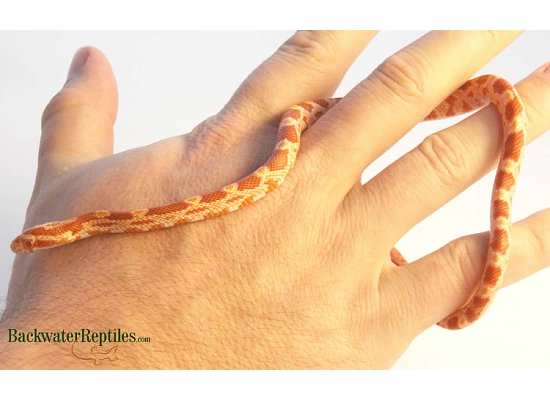
Corn snakes are medium-sized snakes and will require a medium-sized enclosure once they are grown. They are small enough as hatchlings to be kept in a home as small as a shoe box, but once they do grow up, they are still a size that a child could handle them without being intimidated.
If you want to educate your child about reptile breeding, corn snakes can give great lessons on genealogy as well as reproductive habits of reptiles. They procreate easily in captivity and also make excellent classroom pets.
3. King Snake (Lampropeltis g. californiae)
King snakes are very common throughout the U.S. in the wild. However, because these snakes have been bred successfully in captivity for so long, we recommend purchasing one through a breeder since it will be healthier and friendlier.
Like corn snakes and ball pythons, king snakes are available in a seemingly endless number of morphs or color variations. Their patterns will vary greatly and you can obtain a snake with patterns and colors as common or rare as you’d like.
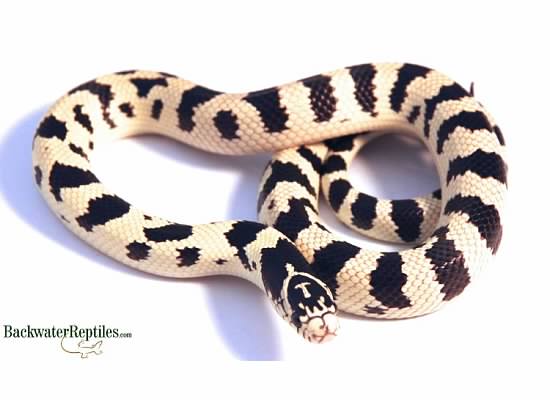
King snakes can grow rather large, although it will take many years for them to reach their full potential. Hatchlings will be eight to twelve inches long and adults can reach more than six feet in length, although three to four feet is a far more common size. A king snake’s lifespan can surpass twenty years!
Mature king snakes should be kept in a 20 gallon enclosure (at the least), but babies are perfectly content in a shoe box. Whatever type of home you provide your king snake, we highly recommend that it has a secure lid since king snakes can be escape artists.
4. Kenyan Sand Boa (Eryx c. loveridgei)
Kenyan San Boas are also known as East African Sand Boas, but both names refer to the same animal. These snakes are very round with heavy bodies and relatively small heads. They have extremely smooth scales and are slow-moving, which we think makes them wonderful snakes for children to handle.
In addition to being available in many morphs like all the other snakes on our list, Kenyan sand boas are small snakes with simple care requirements. Even the largest sand boa will not usually surpass two feet in length and their cage need not be larger than a ten gallon tank.
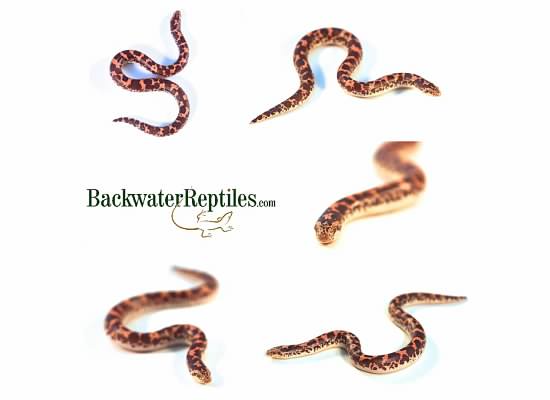
You can also keep Kenyan sand boas communally, so long as two males are not housed in the same enclosure. In other words, two female boas cohabitating is fine, and a male and female boa will also do fine together.
5. Garter Snakes (Thamnophis sirtalis)
Garter snakes are great for kids because they’re harmless, a very manageable size, slow, and easy to keep and feed. Growing up a child in the Midwest, I used to catch “Garters” in the woods and on prairies with my good friend. The best place to find them was under a rotting log, tire, or plywood.
They usually only reach 24″-36″ or thereabouts, although once in a while they’re a little bigger. Garter snakes probably have the largest distribution of any snake in the United States, and are found in every single state except Alaska and Hawaii.

This species can comfortably be kept in a 10 or 20-gallon tank with a water dish, hide spot, and heat pad (although some believe heat is optional). They can have long lifespans.
These snakes are carnivores but can be fed crickets, nightcrawlers, slugs, amphibians, minnows, and baby mice (called “pinkies”).
One piece of trivia is that many people think these snakes are called “Gardner” snakes, but that’s incorrect. The correct word is “Garter.”
Snakes for kids – Conclusion
Each of the snakes on this list has very simple care requirements. All you really need to keep any of these species happy is a modest-sized enclosure, a simple heat source, and a water dish. Other cage accessories are optional.
We also feel that each of these snake species has a good history of captive breeding which makes them all healthy, tamer snake species overall. Over many years, we’ve also found that the above listed species are very hesitant to strike (if ever), which is another reason we consider them the absolute best pet snakes for kids.
If you’re interested in purchasing a snake for a child, we’ve got all of the above species listed on our snakes landing page.

